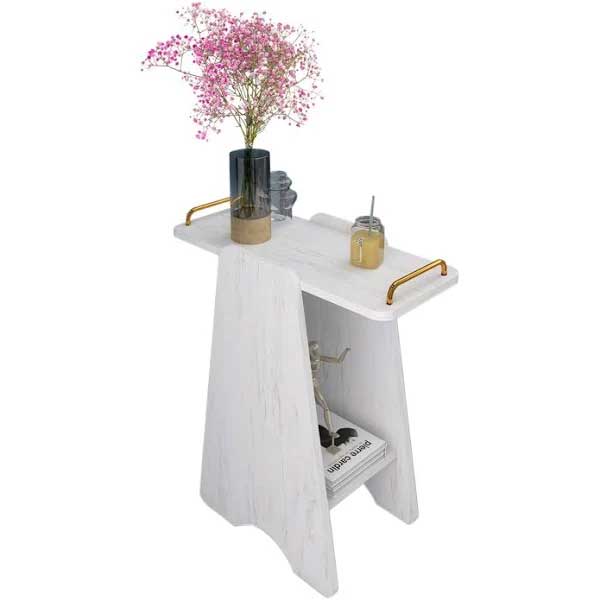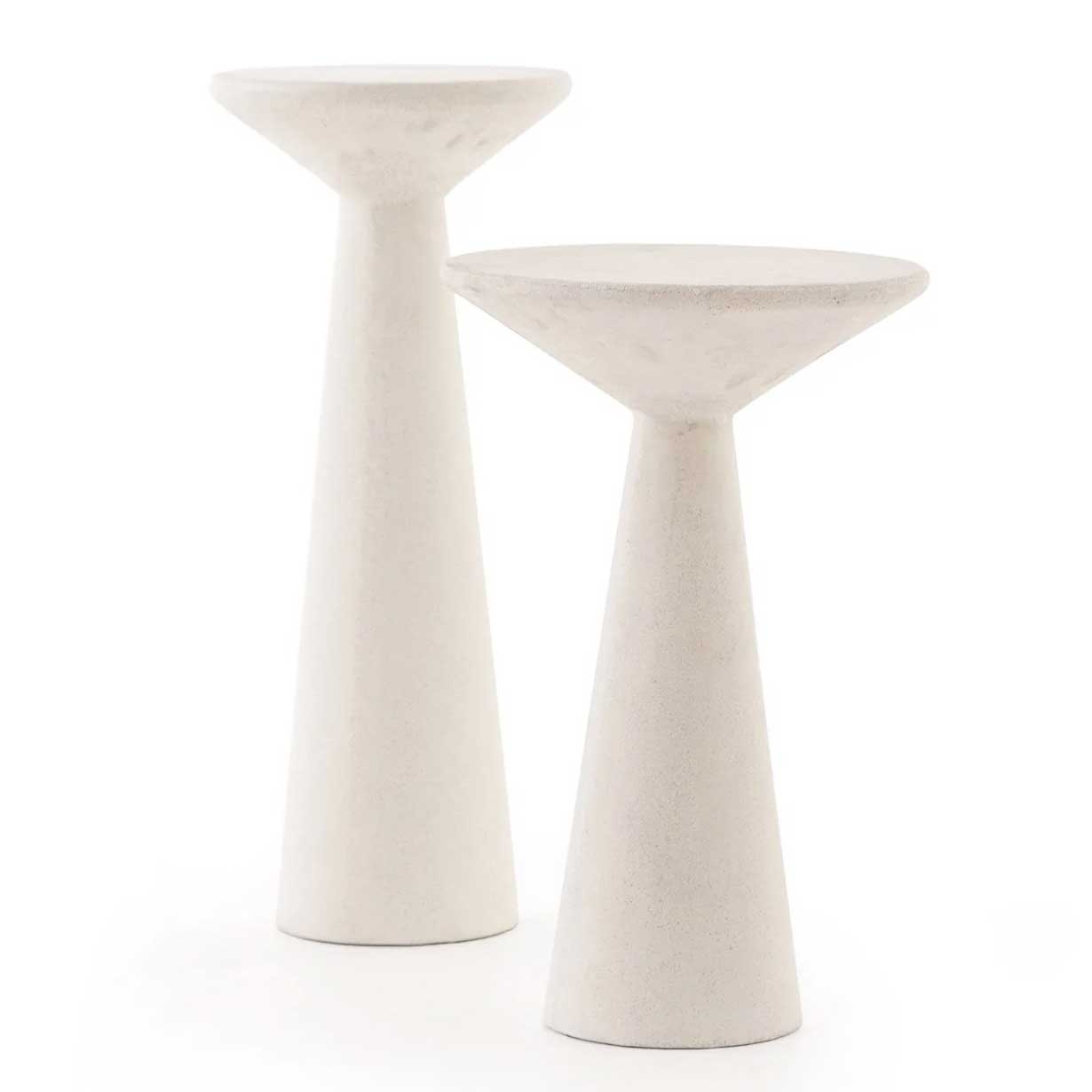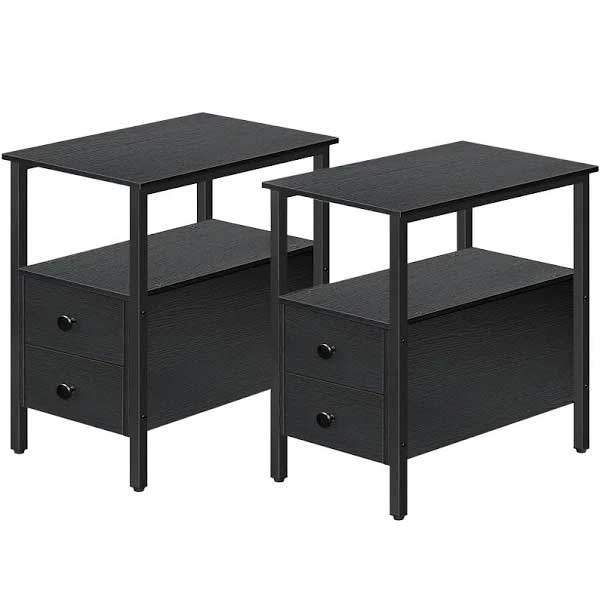This furniture layout is one of the biggest Feng Shui mistakes you can make in a bedroom - here's how to fix it
This layout can affect the energy of your space and even that of your relationship. We asked Feng Shui experts what you can do to rectify it, even if you're short on space
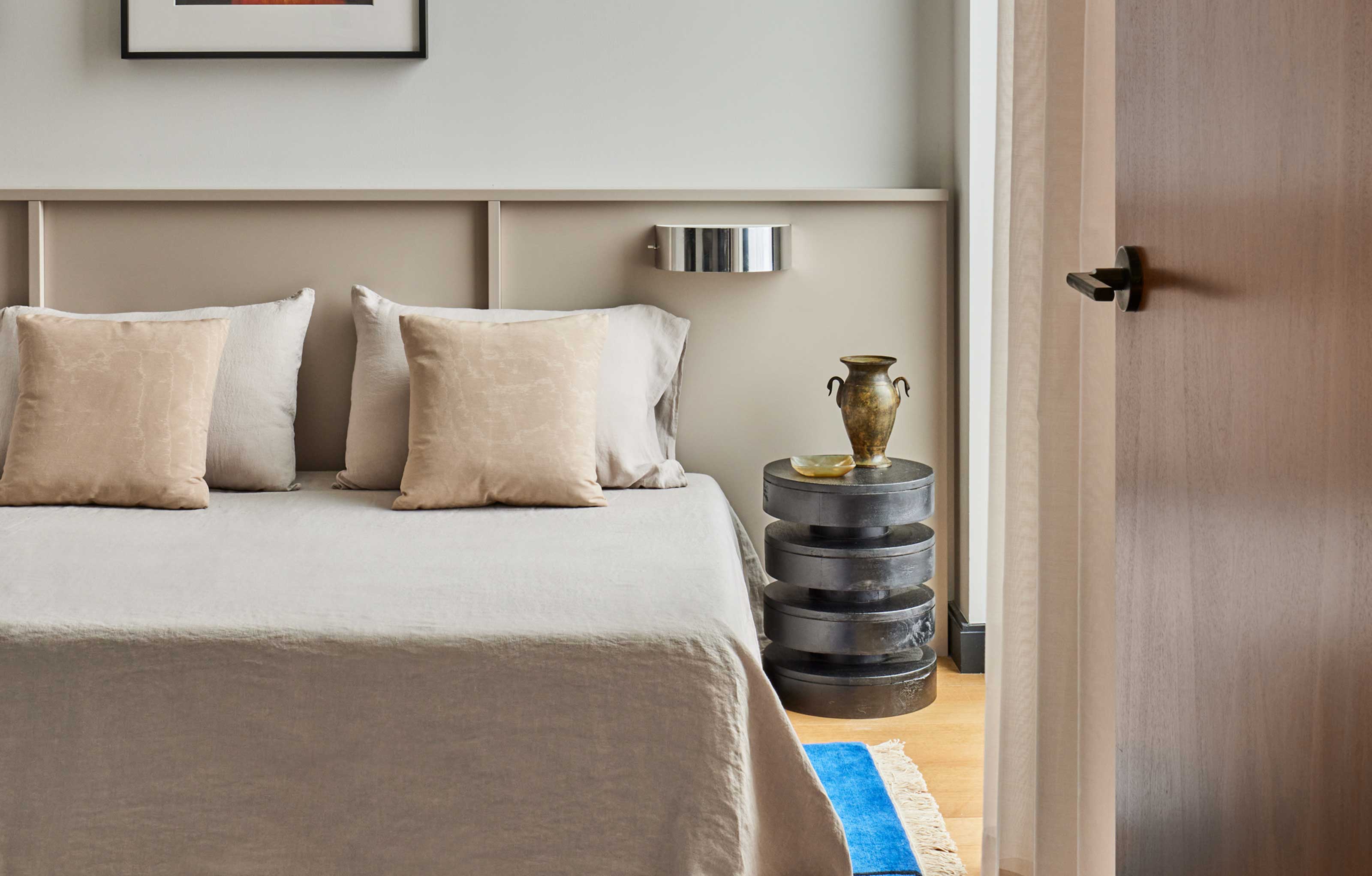
Whether it’s lack of space, budget limitations, or personal preference, some of us choose to only have one nightstand by our beds. While it might be enough for you in terms of practicality, what does it do to the overall bedroom Feng Shui?
We know that in this Chinese practice there is symbolism behind most items of furniture and the layout we use to arrange them. It seems your nightstand is a component that can be used to influence your state of being and even your relationships.
Here's what you need to know.
Is it bad Feng Shui to have just one nightstand?
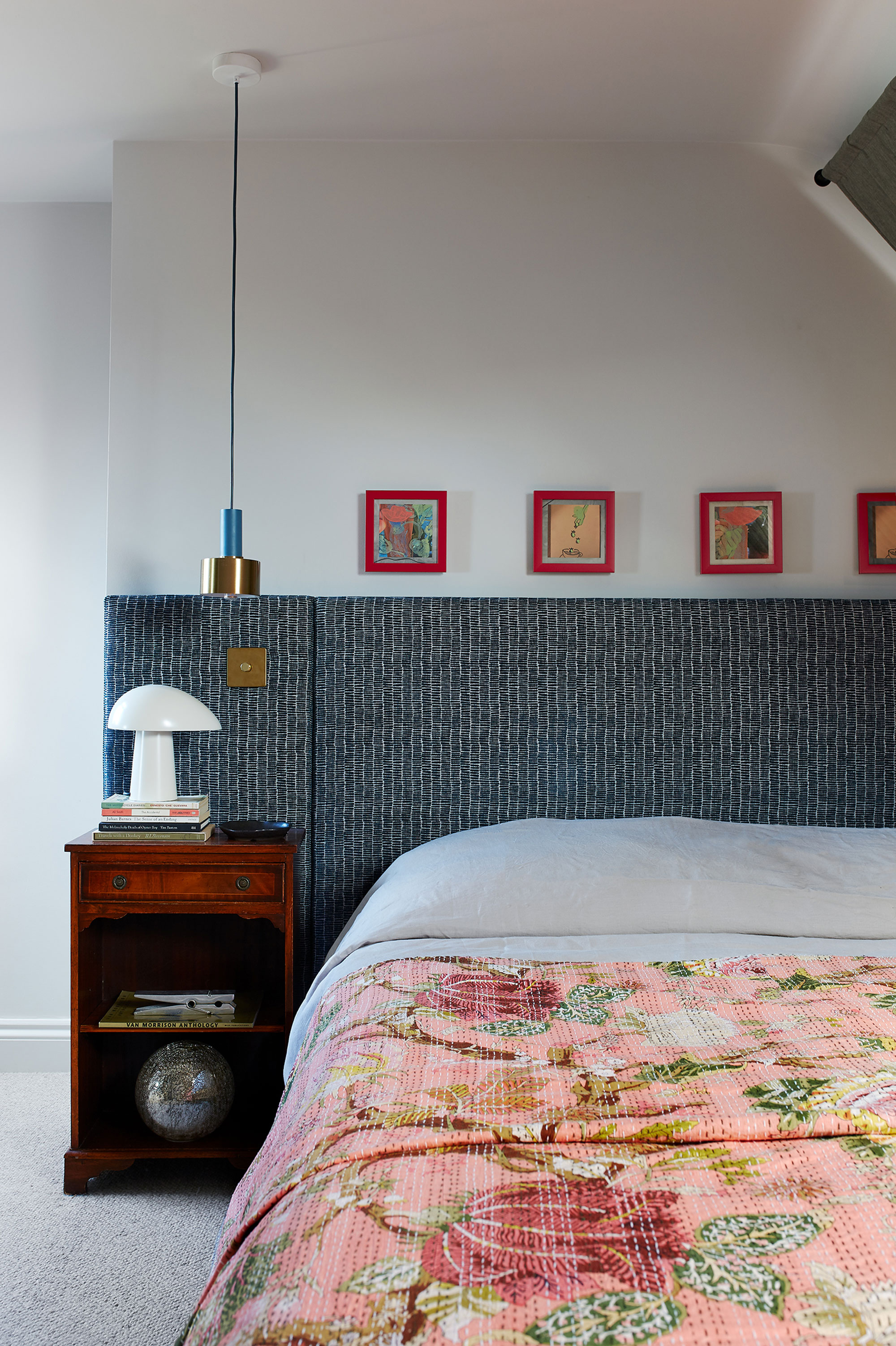
While for some it might not be wrong, in general when talking about Feng Shui principles good balance of components matters. A single nightstand by the bed is not necessarily ideal for a bedroom layout. ‘In order to create a harmonious atmosphere, Feng Shui emphasizes the significance of balance and symmetry’ - Sylvia Li, interior designer at Open Spaces Feng Shui, tells us. She adds that ‘a single nightstand in the bedroom can throw off the room's symmetry and lead to an unbalanced energy flow’.
According to Feng Shui consultant Anjie Cho, while it’s good to have a pair, they don’t have to match exactly. However, ‘they ideally would be similar and not completely out of scale. You would want them balanced,’ she tells us.
In Feng Shui, opting for one or two nightstands can also have a meaning linked to your relationship. ‘The presence of two nightstands symbolizes unity and supports the idea of equality in a relationship. This arrangement encourages peace and balance between both partners,’ explains Sylvia.
There is a consensus that these concepts can vary from person to person depending on our needs and lifestyles. ‘If someone is single, and they really would like to stay single, then maybe they purposely only have one bedside cabinet for themselves,’ says Anjie, who emphasizes that there’s always a different situation for everyone.
What if I've got a small bedroom?
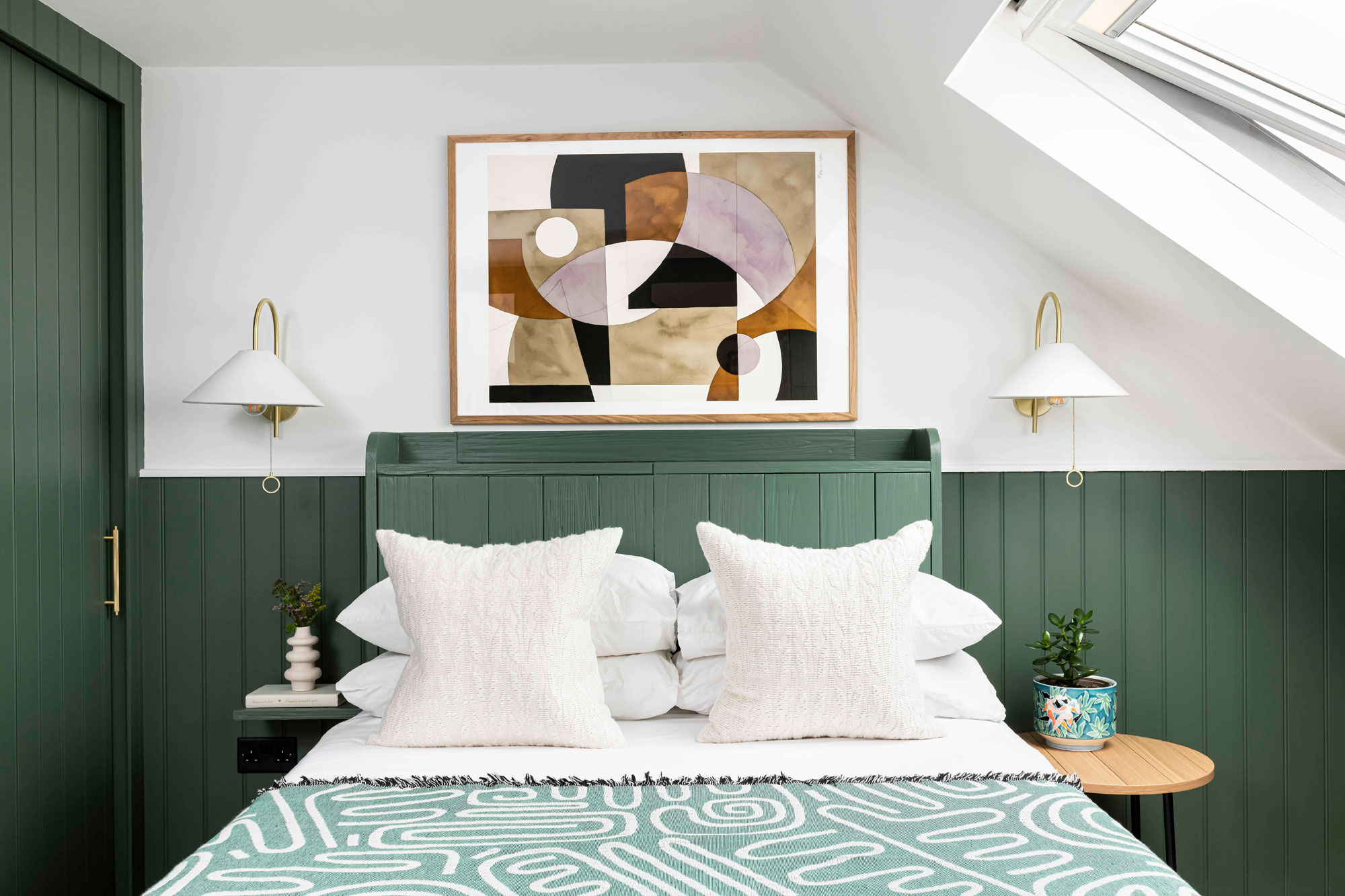
This might all make sense when the space allows for a perfectly harmonious layout. But what happens if your bedroom is too small and simply can’t accommodate two nightstands? How do you still achieve good Feng Shui?
According to our experts, you can still improve the flow of energy in a small space. The answer is all about balance. ‘One option is to remove the nightstand altogether and instead add a wall-mounted shelf or floating side table. This offers a useful surface while preserving symmetry. Another strategy is to use a tiny stool or chair as a functional replacement to the nightstand. The secret is to strike a balance and make sure that both sides of the bed are adequately represented,’ advises Sylvia.
While these concepts of Feng Shui can seem easier to implement in larger rooms, remember that ultimately your chosen lifestyle also has an important role to play. Whether you go for one of the best nightstands, two, or none, being guided by the practice of Feng Shui can help you create the energy you need to support you, no matter the size of your space.
3 of the best narrow nightstands
Be The First To Know
The Livingetc newsletters are your inside source for what’s shaping interiors now - and what’s next. Discover trend forecasts, smart style ideas, and curated shopping inspiration that brings design to life. Subscribe today and stay ahead of the curve.
Raluca formerly worked at Livingetc.com and is now a contributor with a passion for all things interior and living beautifully. Coming from a background writing and styling shoots for fashion magazines such as Marie Claire Raluca’s love for design started at a very young age when her family’s favourite weekend activity was moving the furniture around the house ‘for fun’. Always happiest in creative environments in her spare time she loves designing mindful spaces and doing colour consultations. She finds the best inspiration in art, nature, and the way we live, and thinks that a home should serve our mental and emotional wellbeing as well as our lifestyle.
-
 The 'New British' Style? This Victorian London Home Embraces Its Owners' Global Background
The 'New British' Style? This Victorian London Home Embraces Its Owners' Global BackgroundWarm timber details, confident color pops, and an uninterrupted connection to the garden are the hallmarks of this relaxed yet design-forward family home
By Emma J Page
-
 Muji Living Room Ideas — 5 Ways to Harness The Calming Qualities of This Japanese Design Style
Muji Living Room Ideas — 5 Ways to Harness The Calming Qualities of This Japanese Design StyleInspired by Japanese "zen" principles, Muji living rooms are all about cultivating a calming, tranquil space that nourishes the soul
By Lilith Hudson
